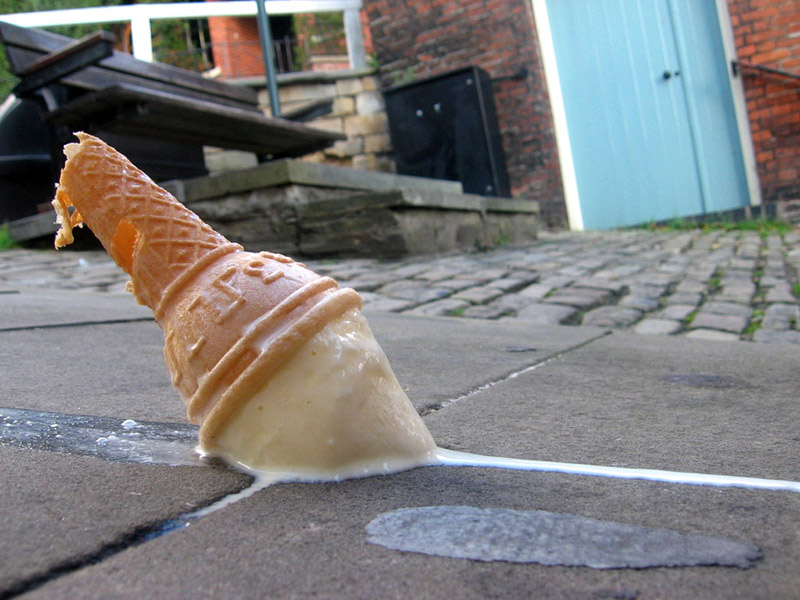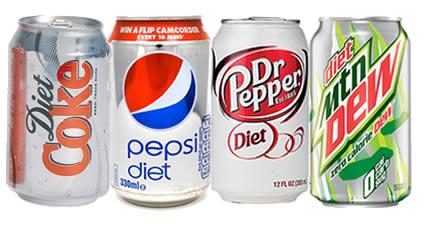Many kids rely on school for food their families can't
afford. Two reports suggest one group is falling through the cracks: teens.
Dogged by hunger, teens may try a wide range of strategies to get by.
When Lanarion Norwood Jr. was 9 years old, he opened
his family's refrigerator to find it almost empty. His grandmother, unemployed
because of disability, had run out of food for the month. So Norwood did what
many young children adamantly resist: He went to bed early. Sleeping, he
reasoned, would help him suppress hunger, and he knew the next day he could eat
at his Atlanta school.
That memory is one of Norwood's earliest recollections
of being hungry, but not his last. As a teenager, his food concerns grew with
his appetite. "I would plan out my meal[s]," Norwood says, now a
freshman at Morehouse College in Atlanta. "I knew I could eat breakfast
and lunch at school and I could eat again later at [an afterschool mentoring
program]."
Number Of Hungry U.S. Kids Drops To Lowest Level Since
Before Great Recession
Lots of kids like Norwood rely on schools for food
their families can't afford. Federal programs like the National School Lunch
Program offer free or discounted meals to children from low-income families.
But two reports out this month from the Urban Institute and Feeding America
suggest one group is falling through the cracks: teenagers. Roughly 7 million children
in the U.S. aged 10-17 struggle with hunger, according to one report, which
examines teenage access to food. Dogged by hunger, teenagers may try a wide
range of solutions, from asking friends for meals to bartering sex for food.
To learn about teen hunger, the researchers partnered
with food banks and, with funding from Conagra, conducted 20 focus groups
across the country with adolescents from low-income families. The researchers
found two challenges to feeding teens in need: First, some of the charitable
programs that target young children — like backpack programs that allow kids to
take food home over the weekend — aren't always offered to teenagers. And
second, even when programs are available, teenagers feel more self-conscious
about accepting free food or may not realize that they are eligible for the
assistance.
Lead researcher Susan Popkin of the Urban Institute
explains why the challenges facing teenagers are unique: "It's easier to
get to little kids. They're all in school. They're certainly more cooperative.
Teens are often seen as the problem. Not as part of the solution."
Teens, Popkin explains, are more aware of the stigma
associated with a free lunch than younger children. They're also at an age
where fitting in is paramount. So many teens will forego official programs and
try to get meals from other places – by going to a friend's house with a
well-stocked pantry, for example.
Norwood says pride is a major hurdle. "Why should
I have to go through a program just to eat when I'm almost grown?" he
says, describing the attitude of some of his peers.
Even adolescents who do opt to take advantage of
school programs may not get a good meal, according to Popkin, because they
often receive the same portion sizes as elementary school children. What's
more, teens often squirrel the meal away for younger siblings.
"They feel the pressure that their parents are
under," she says. "They're old enough to be aware of it and they want
to help. They go hungry along with their parents."
Teenagers cope with hunger in other ways too, the
researchers found. Teenagers try to get jobs, but often struggle against the
competition of adults with more experience and more flexible hours. The jobs
they can get — like cutting hair or mowing grass — often don't pay well enough
to bridge the gap in the family's food budget.
Sometimes teenagers turn to less benign methods to get
money or food. Teenagers in the focus groups cited petty theft and even gang
membership as methods adolescents used to put money and food on the table.
Most surprising to Popkin was that some teenagers,
girls in particular, date older men with more disposable money in order to get
food. Thirteen of the 20 focus groups talked about trading sex for a meal.
The SNAP Gap: Benefits Aren't Enough To Keep Many
Recipients Fed
What can be done to improve the plight of
food-insecure teenagers? Popkin says simply extending elementary meal programs
to teenagers could be a start, as well as increasing portions with age.
Emily Engelhard, managing director of research and
evaluation for Feeding America, says teens came up with other ideas as well,
like tying free food to another less stigmatized activity – like movie night or
a basketball game. She says an important takeaway from the research is
"just how incredible and resilient these teens are."
Better and more accessible grocery stores in
low-income neighborhoods would also help, says Norwood. He says many people in
Atlanta have to take a bus or train to reach a grocery store with fresh produce
and can't afford the time or fare, to say nothing of lugging the groceries
home.
He sums up the importance of teen hunger simply:
"It is real. It is serious. And it should be addressed. It affects the
mind, it affects the body, and it affects the soul. Without that, what do you
have?"
By:Natalie Jacewicz




